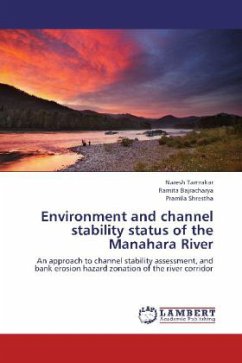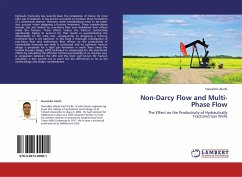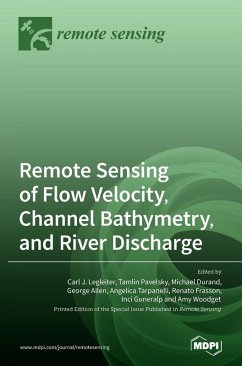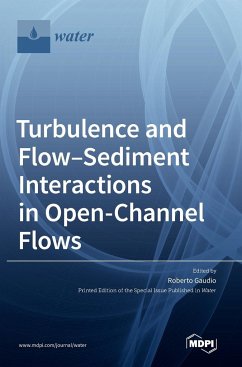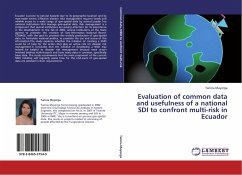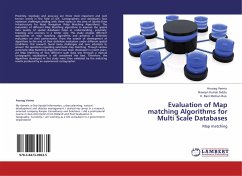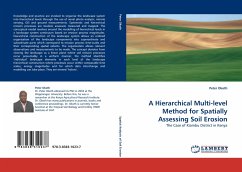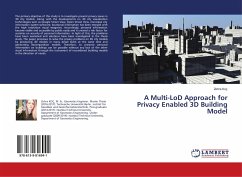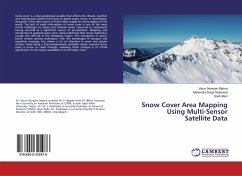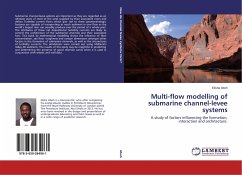
Multi-flow modelling of submarine channel-levee systems
A study of factors influencing the formation, interaction and architecture.
Versandkostenfrei!
Versandfertig in 6-10 Tagen
41,99 €
inkl. MwSt.

PAYBACK Punkte
21 °P sammeln!
Submarine channel-levee systems are important as they are regarded as an ultimate store of most of the sand supplied by their associated rivers and deltas. Turbidity current flows which give rise to these geomorphologic features are capable of transporting as much sediment in one flow as the world's largest river can possibly produce over the period of a whole year! The attributes of these net depositional turbidity currents are likely to control the architecture of the submarine channels and their associated fans. This book by mathematical modelling shows the influence of flow concentration, ...
Submarine channel-levee systems are important as they are regarded as an ultimate store of most of the sand supplied by their associated rivers and deltas. Turbidity current flows which give rise to these geomorphologic features are capable of transporting as much sediment in one flow as the world's largest river can possibly produce over the period of a whole year! The attributes of these net depositional turbidity currents are likely to control the architecture of the submarine channels and their associated fans. This book by mathematical modelling shows the influence of flow concentration, sea floor roughness and canyon dimensions amongst other factors in the formation of submarine channels, as well as the interactions of turbidity currents. The simulations were carried out using Midland's Valley 4D sediment. The results of this study may be insightful in predicting and determining the presence of good reservoir sands when it is used in conjunction with seismic and well data.



